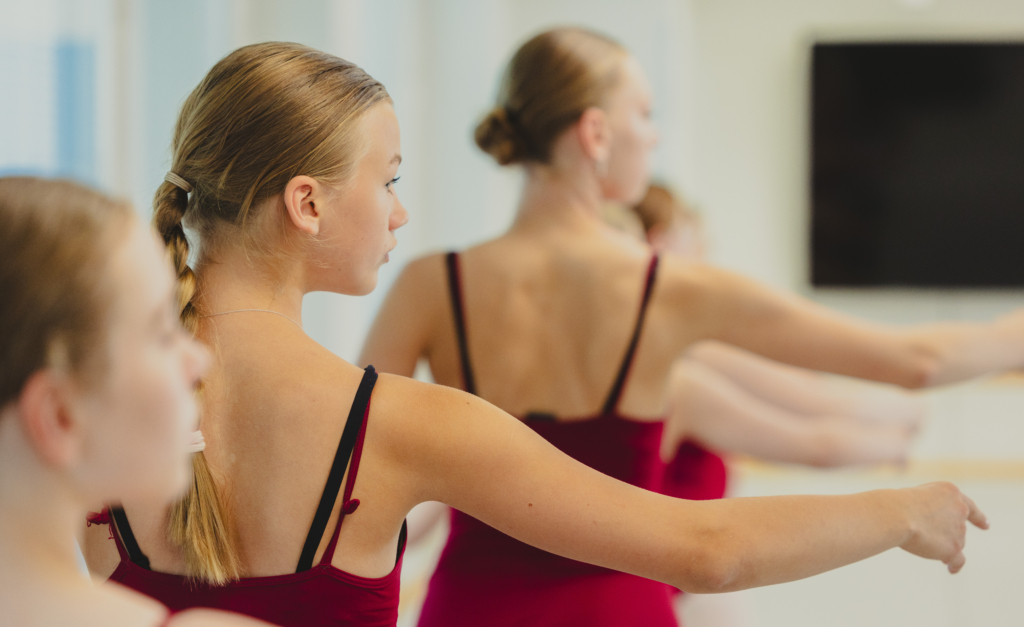
Classical Ballet
Dance education is focused at TaiKon from the beginning of autumn 2025:
- Early childhood dance education, ages 4–6
- Ballet, ages 7–18
- Contemporary dance, ages 7–18
The hobby will continue at Kuula Institute, partly also in TaiKon’s facilities in the Kasarmi area. The structure of dance studies will become clearer and more unified between the main dance genres, ballet and contemporary dance.
Explore the dance education groups and sign up at TaiKon.
